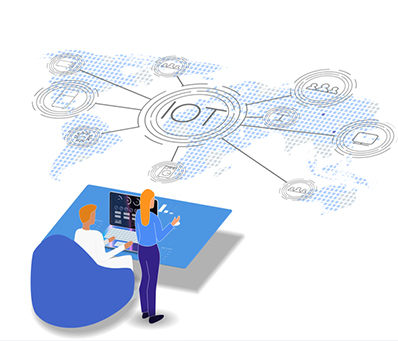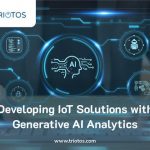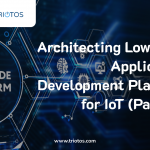
As you think about adding Internet of Things technology and/or solutions to your business you face many decisions. The most important is the IoT plumbing.
Think about your current interaction with the following software and platforms:
- Your web site
- Customer relationship software
- Enterprise Resource Platforms
- Firewalls
- Connectivity
- Mobile Apps
All of them, for the most part, function 24-7. As has become the case for most businesses all of them are critical to the success of your business. Downtime is money and that’s reflected in several ways, not just lost revenue but also decreased customer and employee satisfaction.
Why have these systems evolved into the tools they are today? The plumbing.
Hardware, applications, software and connectivity developed together over the past 3 decades have enabled the end users to work and plan without the worry of springing a leak. While we always face new challenges maintaining the plumbing, todays businesses have access to information and data that we couldn’t imagine 30 years ago. The plumbing…
Enter the Internet of Things. With the emergence of IoT we see new technologies coming together that promise massive upside to your organization for decades to come. And as a business leader, you expect it to work. Just like our plumbing.
So, what do you as a business decision maker or executive do? Do you continue to cobble together IoT like you have done with IT for the last decades or do you stop and think about ‘the plumbing’, the parts that you will rely upon for your IoT business and technology operations for your foreseeable future?
The Plumbing
IoT plumbing is made up of 4 major parts:
- Devices
- IoT Data Gathering
- Connectivity Platform
- Applications
While Devices are critical and a core part of any IoT solution, it is the three latter that make up the plumbing. We’ll talk about devices in a future blog. For now let’s start with the most critical:
IoT Data Gathering Platforms perform many more functions than just gathering and processing IoT data and turning it into meaningful information. The platform also handles device registration, authentication, advance data handling like machine learning and analytics, data/event storage as well as assuring communication from and to devices connectivity, data integrity and security. So yeah, that’s a lot of work for this platform to do. The challenge is to pick the right platform that will meet current and future business needs. At Triotos, we have leveraged the scale of the AWS IoT platform to enable a high degree of functionality and security
Connectivity in IoT takes many forms. From general Wide Area Network (WAN) internet connectivity to device specific connectivity in the form of serial, ethernet, wireless and cellular. Each form has its own set of technical and implementation parameters. The challenge is to implement a robust connectivity solution while maintaining high levels of connectivity as well as security. We use fully integrated connectivity and management platforms from AT&T. These platforms are proven leaders and time tested.
Applications are in many ways the easiest part of IoT in that they use the same implementation platforms as web and mobile applications on the internet. The difference is the content. IoT applications depend on results from IoT data processing, analytics, machine learning and AI. For performance reasons it is desirable that most of these applications are hosted on the same computing environment.
To Build a Robust IoT House selecting the right plumbing is critical. Not only is selecting the right IoT Data Gathering platform critical but so is the right IoT data processing, analytics, machine learning, AI and other applications. And for your IoT applications to work well, all these apps need to work smoothly together and work within one computing and communication environment that can support thousands of IoT devices for decades.







